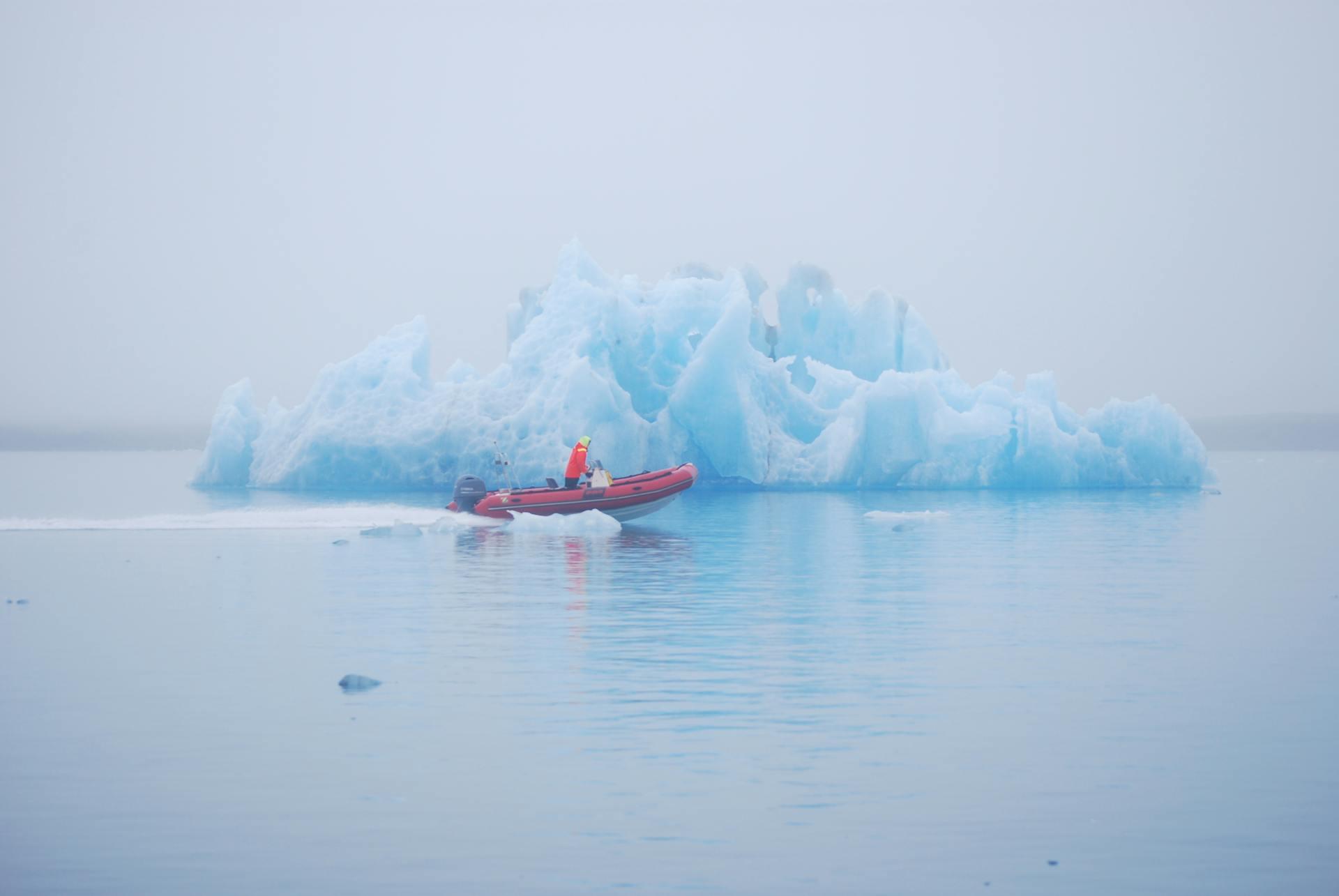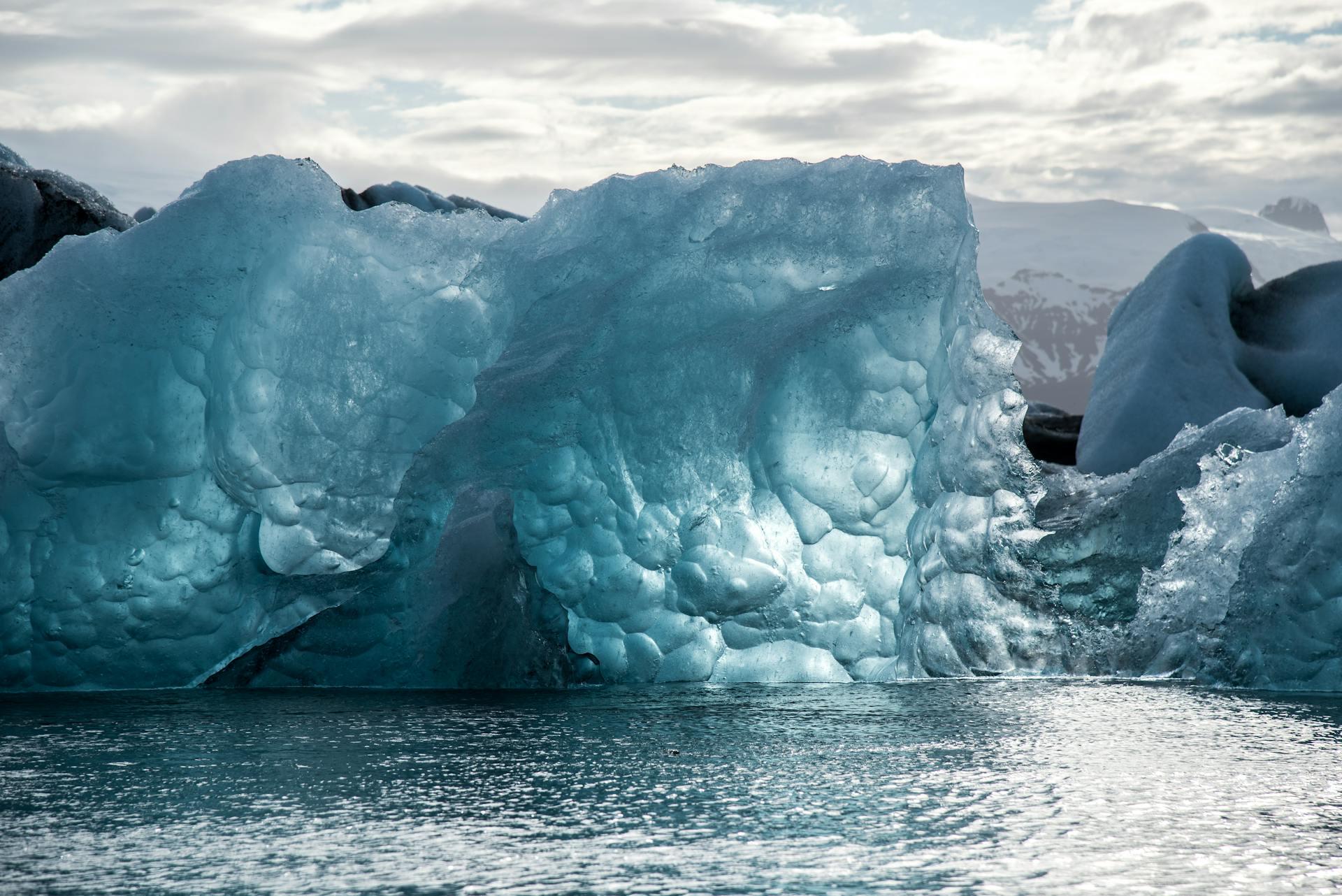Iceberg Alley, located in the North Atlantic along the Canadian East Coast and the northeastern United States, is a breathtaking natural wonder. Here, massive blocks of ice are carried southward by the Labrador Current, creating a dynamic and ever-changing landscape. During the iceberg sighting season, the detachment and melting of these ice giants shape the coastline, reveals a stunning array of ice formations with unique shapes and varying shades of blue and white.
Discover more about this natural wonder.
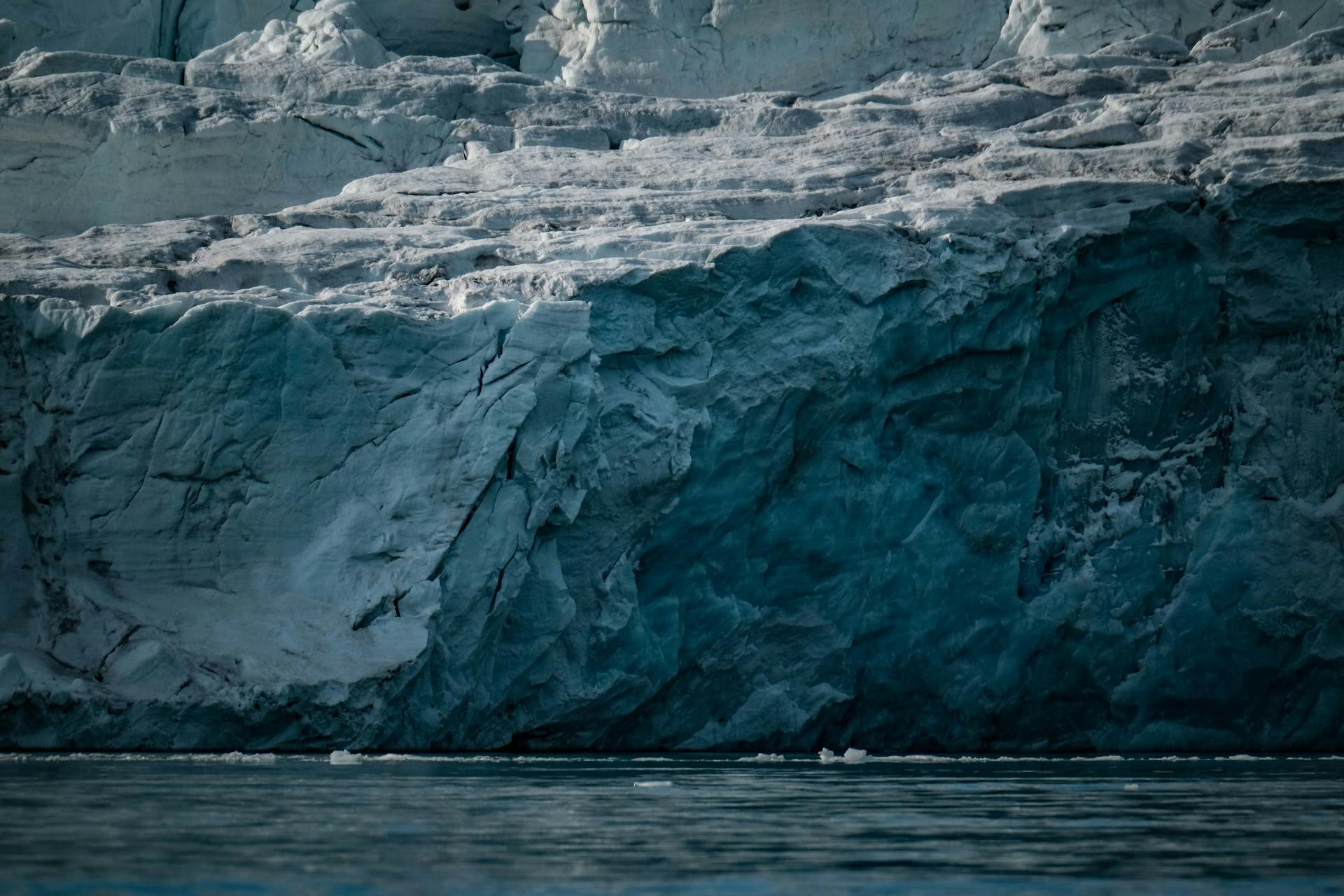
This region is not only visually striking but also serves as a vital marine ecosystem, supporting a wealth of wildlife. Moreover, Iceberg Alley has become a stark reminder of the impacts of climate change on the polar regions, with the accelerating movement and melting of ice offering a visible reflection of global warming's effects.

The Science Behind Icebergs and Their Journey
To keep it simple; an iceberg is a large mass of ice that has broken off of a glacier or ice shelf and is now floating in the ocean. Most icebergs are found in the polar regions, specifically in the northern and southern hemispheres. The presence of Icebergs like these might already seem overwhelming from the surface, but most of their mass - about 90% - is submerged surprisingly under the water. Indeed, this is one of the reasons why icebergs could be potentially dangerous for navigation and often go unnoticed. Have you ever heard the saying 'and that's just the tip of the iceberg?' Well now you know why!
What Is Iceberg Alley?
Iceberg Alley extends along Canada's east and the United States' northeast coast. Almost 90% of these icebergs come from Greenland and travel along the Canadian Arctic, towards the Labrador Peninsula's coast and Newfoundland's island. Between 400 and 800 medium and large icebergs are estimated to flow along the Iceberg Alley on an annual basis.
The speed at which each individual formation travels, depends on the size, shape and density of the iceberg!
Interested in other impressive geographical features? Learn more about why the Rocky Mountains are considered among the 7 wonders of Canada!
Icebergs and Their Different hapes
As they melt, icebergs take on many different shapes. Their various appearances can be classified into one of these six forms:
Global Warming and It's Consequences
Scientists remain uncertain about the future of these awe-inspiring ice formations in the face of climate change. With global temperatures having risen by 1.1 degrees Celsius since the early 19th century, the resulting extreme weather patterns are becoming more frequent as temperatures continue to climb.
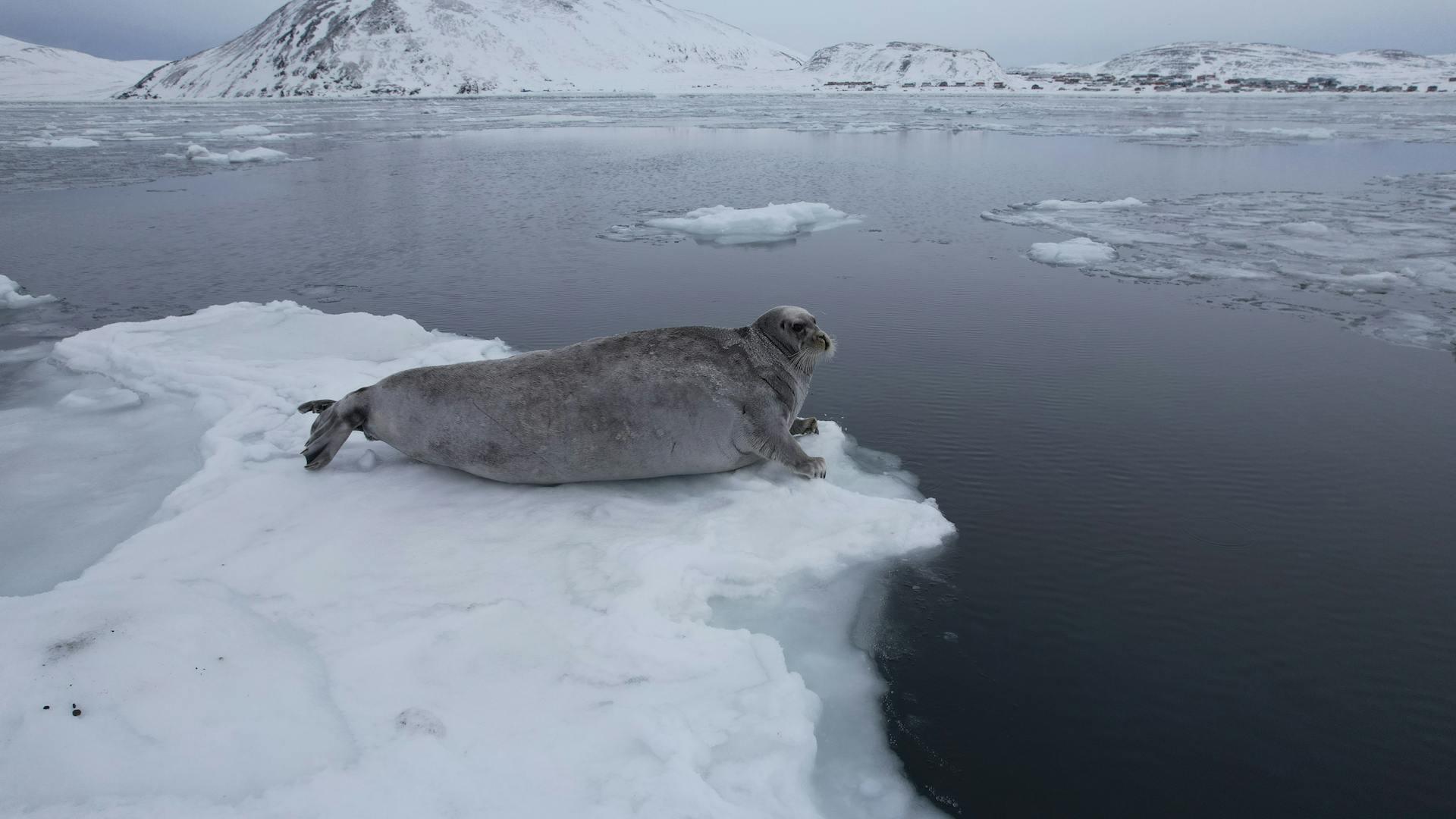
The warming of polar regions has accelerated the melting of glaciers, destabilizing ice platforms. Warmer waters erode their edges, making it easier for chunks of ice to break off and detach.
While the detachment of ice from the continent due to climate change has been closely monitored in recent decades, the full impact of these changes is still being studied.
The Wildlife and Biodiversity of Iceberg Alley
The waters of Iceberg Alley are vibrant ecosystems teeming with a diverse range of marine species. Minke, sperm, and humpback whales are common residents, while the rocky cliffs of the ice formations provide a haven for seabirds like Atlantic puffins and bald eagles from North America.
Each time an iceberg calves from a glacier, it releases nutrients that have been trapped on the seabed, nourishing the surrounding waters. These nutrients support thriving populations of zooplankton and phytoplankton, which in turn make the region a prime feeding ground for a wide array of marine life.
Iceberg Alley is home to a rich array of wildlife, both in the water and on land. The waters are frequented by majestic whales, including minke, humpback, and sperm whales, while the surrounding cliffs and ice formations provide a nesting ground for seabirds such as Atlantic puffins and bald eagles.
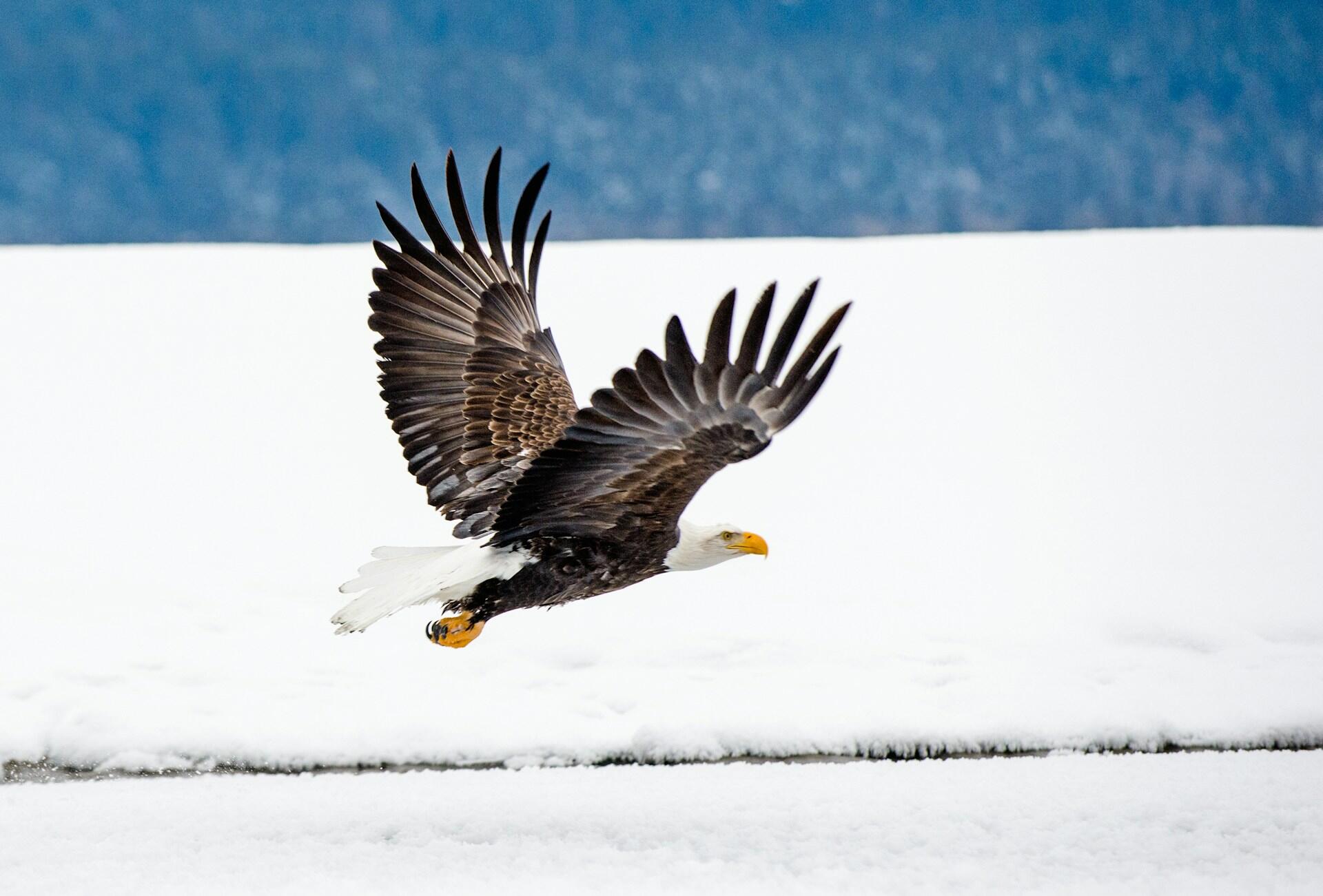
The nutrient-rich waters, fueled by icebergs that release essential elements from the seabed, support thriving populations of zooplankton and phytoplankton, which serve as the foundation for a diverse aquatic food chain. The unique combination of ice, water, and wildlife makes Iceberg Alley a truly remarkable natural habitat.

Here is Where The Titanic Sank!
Sometimes, for reasons as yet unknown, the course of these icebergs can be altered, deviating eastwards and bringing icebergs to areas that are generally free of them. In fact, one of these icebergs was responsible for the sinking of the Titanic on April 15, 1912.
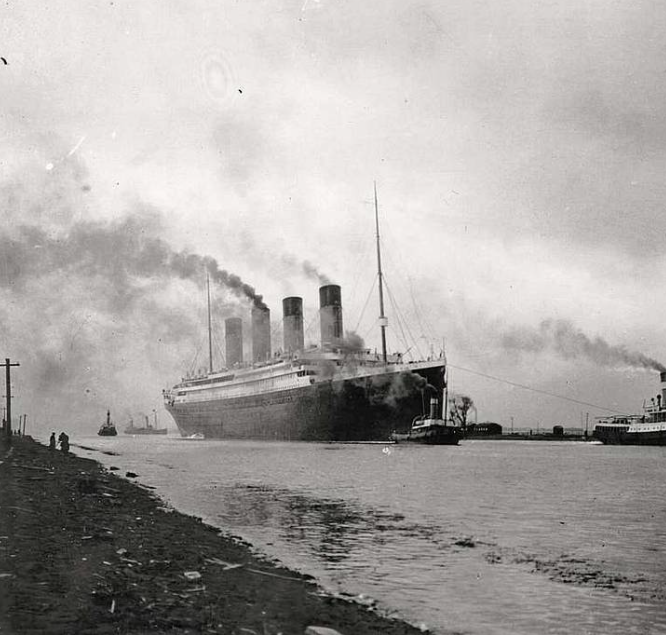
The Titanic was supposed to return via Plymouth, England but ultimately never made it to New York. On April 15, 1912, the ship collided with an iceberg in the Atlantic Ocean, splitting the ship in two, resulting in the tragic loss of some 1,500 people. The ship was near Newfoundland when it sank, some 400 miles from the coast. And, in fact, most of the wreckage of the Titanic still lies some 350 miles off the coast of Newfoundland.
After the ship sank in 1912, Canada, the United States and 12 other countries formed the International Ice Patrol to warn ships of large, frozen obstacles floating in the North Atlantic.
Feeling the adrenaline? Read about the impressive Niagara Falls.
A Bit of Tourist Advice
If you are planning to visit Iceberg Alley, you can enjoy the ice panorama from land, from a boat or on board a kayak. In addition, various tour operators in the province offer boat trips to show you the icebergs, as well as tours to see whales and seabirds.
With a bit of luck the crew might be able to get some ice from the iceberg to cool your drink. In fact, the people of Newfoundland have made good use of icebergs, from which they obtain iceberg water and drinks such as vodka, gin and rum, as well as iceberg beer, brewed in St. John's at the famous Quidi Vidi Brewery.
Iceberg Viewing Tips
Because icebergs can be unpredictable, it is essential to consider and apply the necessary safety measures. When observing icebergs from the water, it is recommended to maintain a safety distance (D) equal to the length of the iceberg (L) or double its height (H). This is because within this perimeter, there is a risk of falling ice and the consequent production of large waves.
Ever heard of Aurora Borealis?
Learn Geography in Canada
Want to know more about the formation of icebergs? Learn more about these impressive ice formations with personalized geography lessons tailored to your interests. Explore Canada's most beautiful places to broaden your knowledge from a different perspective. But why is it a good idea to study geography?
Geography is the science that studies the physical, biological, and human facts and phenomena of the Earth's surface, as well as their causes and their relationship to other phenomena. Studying geography allows you to develop the ability to identify, interpret and resolve conflicts. So, if you want to find the best geography lessons in Canada, don't waste any more time: Visit the official Superprof website!
Superprof is a private tutoring platform that helps you find the best specialized teachers near you.
But where do you start?
1. Go to Superprof!
Go to the official Superprof website and create a free account as a student.💻
2. Choose to study Geography
Enter the name of the subject you want to study, for example: “Geography”. 🌍
3. Choose your type of class
You can choose online courses, or enter your current location to find Geography teachers near you. 👩🏫
4. Read each tutor profile
Read each private tutor's profile to learn more about their experience, academic background, and price per lesson. 🔎
5. Book a lesson!
Book a lesson with a favorite private teacher and contact them. ⭐
6. Start learning with Superprof
Don't think twice. Find your private teacher in just a few clicks on Superprof. 😊
Wrap up!
The Iceberg Alley is a natural setting where the Labrador Current carries enormous ice blocks along the east coast of Canada and the northeast of the United States. This icy route, witness to historical events such as the sinking of the Titanic, becomes a visual spectacle during the sighting season and is home to an incredible biodiversity.
At the same time, the consequences of climate change add a note of uncertainty, highlighting the fragility of this unique winter landscape, and the need to learn more about the impacts of climate change to make a change.
